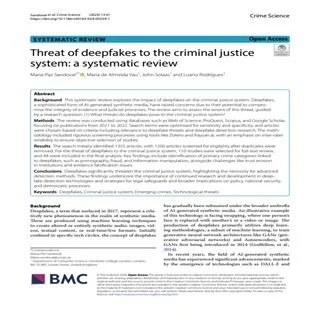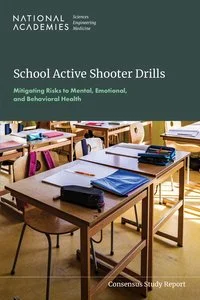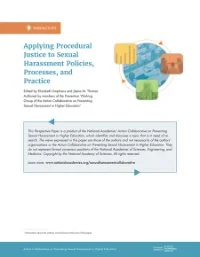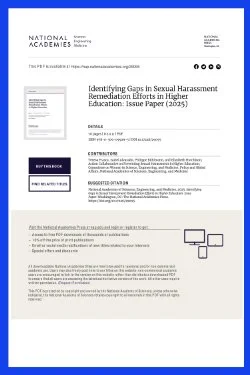By Iman Said
In 2020, the United States was gripped by three parallel social movements: an outrush of support for the Black Lives Matter (BLM) movement after the murder of George Floyd, discontent regarding state-mandated lockdowns to mitigate the coronavirus-19 pandemic, and allegations of voter fraud after the November elections. Together, these movements generated a historic spike in protest activity that garnered significant attention, leading some to argue that the police had behaved disparately at protests associated with BLM compared with the other two. A dense literature in the early 2000s developed protest policing theories that pointed to policing culture or to racial threat theory to account for variation in police behavior, but how these theories account for protest policing during 2020 is unclear. Drawing on quantitative and qualitative data and methods from the Armed Conflict Location & Event Data set, I first examine allegations of racial discrimination in police behavior at protests. Then, I explore how on-the-ground interactions between police and protestors account for any seeming disparity. I demonstrate distinct patterns of police behavior shaped by different protestor behaviors across these social movements, as well as racial animus. These findings extend and clarify current theories of protest policing.
Criminology, Volume 63, Issue 2 May 2025 Pages 303-329










